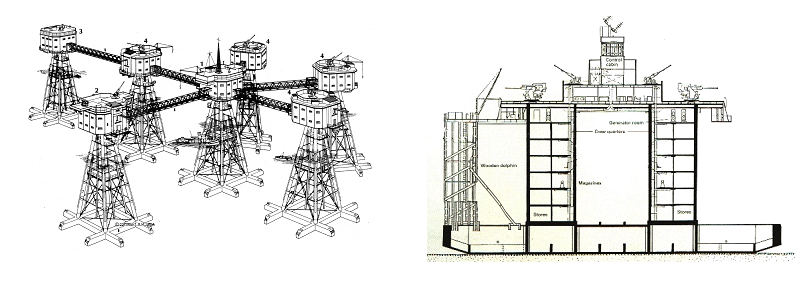You are not logged in.
Dear visitor, welcome to WesWorld. If this is your first visit here, please read the Help. It explains in detail how this page works. To use all features of this page, you should consider registering. Please use the registration form, to register here or read more information about the registration process. If you are already registered, please login here.

The Philippine Gazette, Wednesday, 7 April 1948
The Ministry of Defense has formally announced the solicitation of tenders for replacements for the M1928 Mountain Guns presently used by the Philippine Army. Requests for proposals have been sent to the principal munitions manufacturers of Europe and the Americas seeking a weapon of capable of succeeding the twenty-year old Skoda design. Based upon the responses received, the Ministry hopes to make a decision by the end of summer.
Quoted
Canon de montagne Modele 1945 Schneider
Weight: 1,300 kg
Length: 3.75 m
Barrel length: 1,890 mm (L18)
Width: 1.5 m
Height: 1.9 m
Caliber: 105mm
Breech: Vertical Sliding Block
Recoil: Hydro-pneumatic
Carriage: Split Trail
Elevation: 65° to -6°
Traverse: 55°
Muzzle velocity: 430 m/s
Maximum firing range: 10,600 m
Forum Software: Burning Board® Lite 2.1.2 pl 1, developed by WoltLab® GmbH
